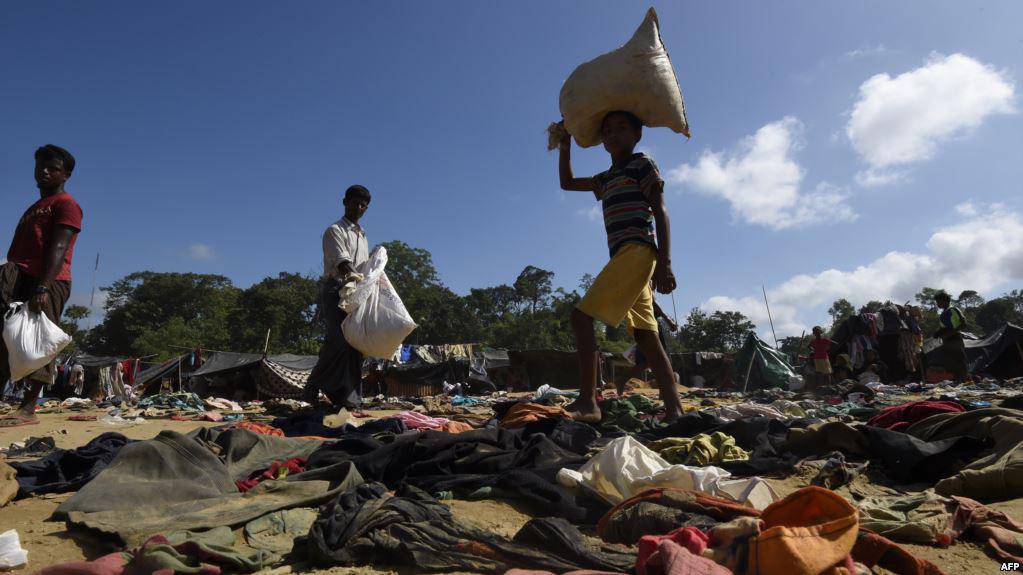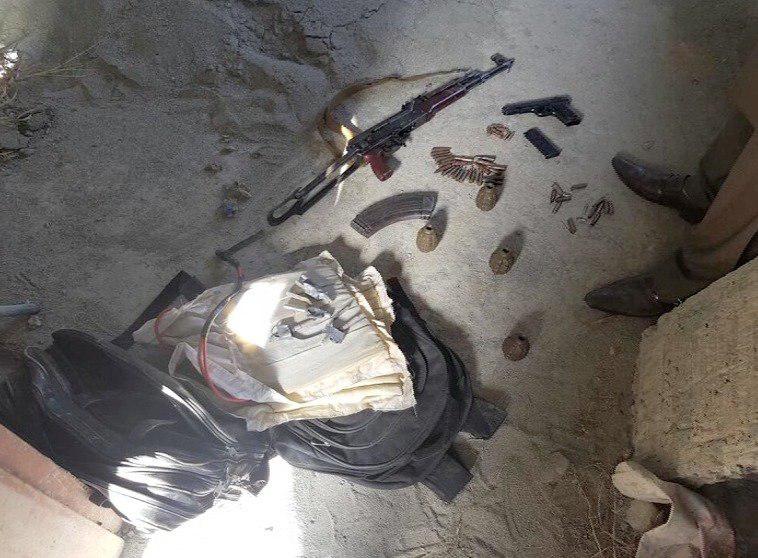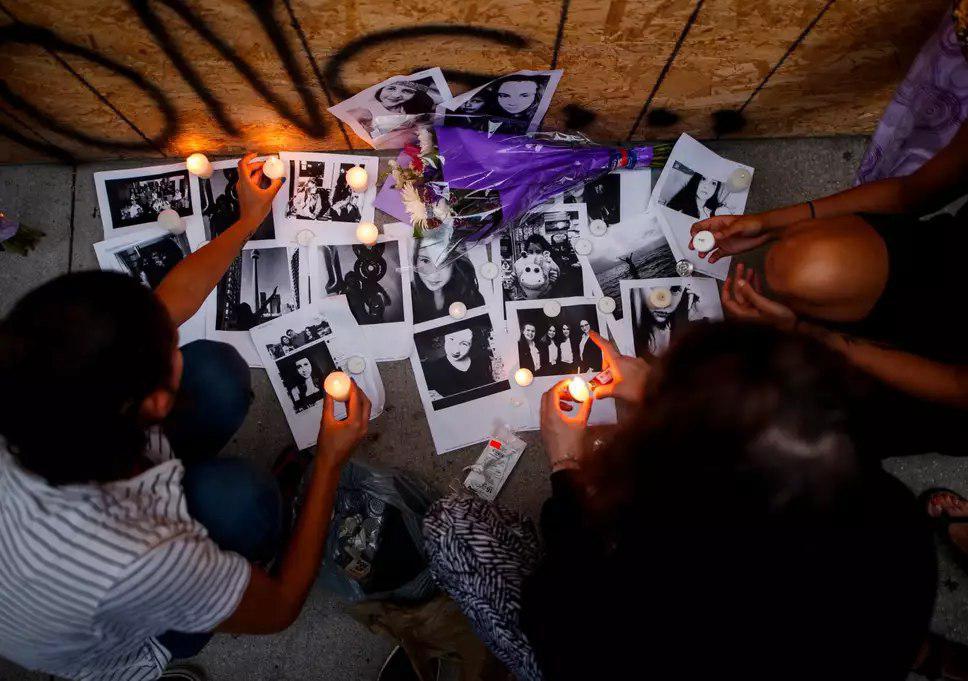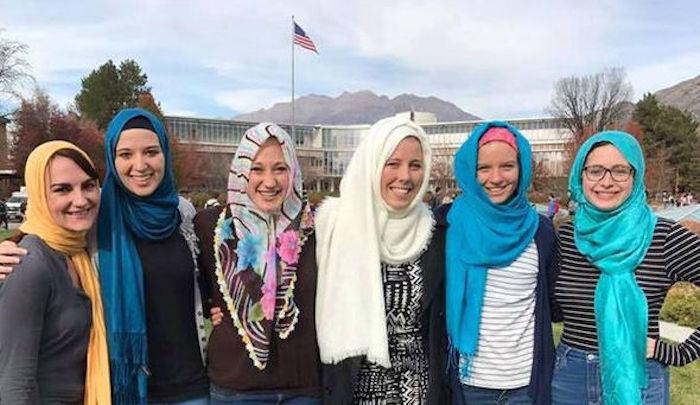The humanitarian situation in parts of Bangladesh sheltering hundreds of thousands of Rohingya refugees continues to deteriorate, making the crisis one of the fastest growing refugee crises of recent years, according to the United Nations.
The humanitarian situation in parts of Bangladesh sheltering hundreds of thousands of Rohingya refugees continues to deteriorate, making the crisis one of the fastest growing refugee crises of recent years, according to the United Nations.
“[The crisis is] creating enormous humanitarian needs in an area of Bangladesh already affected by earlier refugee influxes, recent floods and not equipped to cope with large numbers of new arrivals,” Andrej Mahecic, a spokesperson for the Office of the UN High Commissioner for Refugees (UNHCR), told journalists at a media briefing in Geneva today.
According to estimates, some 380,000 Rohingya refugees, fleeing violence in Myanmar, have crossed the border into Bangladesh since 25 August.
“A visit to the area this week by a UNHCR team, led by Assistant High Commissioner for Operations George Okoth-Obbo, found people suffering real hardship and some of the most difficult conditions seen in any current refugee situation,” said Mr. Mahecic.
Refugees continue to arrive daily outside of the two established camps, which are already substantially overflowing, and many people have received little meaningful help to date, he added.
The UN agency has been responding to the situation and assisting those coming but its in-country stocks have been exhausted, noted the UNHCR spokesperson, adding that deliveries of more aid – flown in earlier this week – are currently underway.







